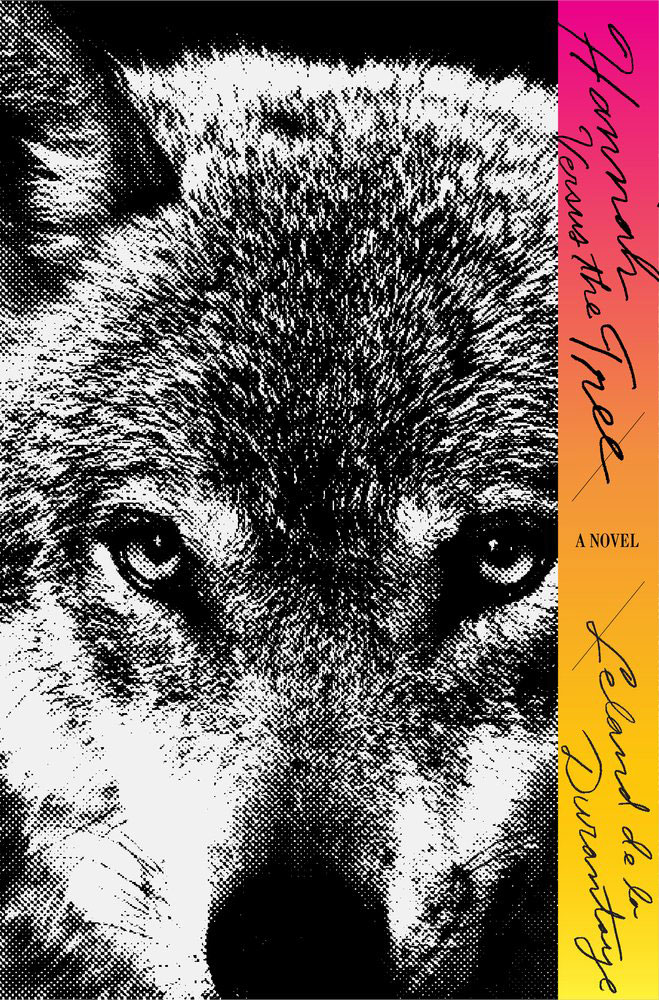Leland de la Durantaye has created something not typically found in contemporary fiction. Hannah Versus the Tree is the story of a brilliant young woman who seeks revenge after she is wronged by her powerful family, narrated by a man who loves her. It is a tale of vengeance, but one written in a lyrical, prose-poem. The professor of literature, whose scholarly publications explored the work of Vladimir Nabokov, Samuel Beckett, and the Italian philosopher Giorgio Agamben, spoke about his writing process, the nature of myth, and how teaching at CMC led to the completion of his first novel.
You are known as a critic. What prompted you to try fiction?
I’ve always written fiction, but in the margins of what else I was doing. I had so much else to do I could never dedicate myself to it fully. I haven’t made a sharp turn away from academic criticism, but my intellectual energies right now are much more in the direction of writing fiction and essays. I think that has something to do with teaching at CMC. I hadn’t set out to teach at a liberal arts college rather than a research university, specifically. But when you are teaching undergraduate students, you teach directly about the texts rather than talking about criticism of texts, as you would in a class of graduate students or a mix of the two. Being at CMC has allowed me to ask myself what my own real response to literature is, and one of mine has been to create some.
Many novelists say they begin with a character or a premise and then outline a plot. How did Hannah’s story come to you?
I was on sabbatical in Rome, where I was working on translations when I began the book. Some of the reason it came together quickly—I wrote it in one academic year—I think had to do with being away. In terms of plot, I only knew it at the end. I started with knowing the mode or tone I wanted to write in, but not the story itself. Only through the writing process did I see the way to organize the material and to end the book.

Tell us about your writing process.
My method was to sit down and write whatever came into my head for awhile. Once I had quite a bit of material, I would write new material for maybe an hour and then revise what I had previously written. It felt like sketching to me. I’ve always been drawn to the visual arts and fascinated by the sketches great artists have made, how they first explore gestures. In the first phase of writing, it felt like I was sketching, and then the gestures were set and I was coloring in. I was putting individual sentences in place, shearing away others.
McSweeney’s, your publisher, hails your book as creating a new genre: the mythopoetic thriller. How do you define that?
The degree to which people found it mythic did surprise me a bit. But then it struck me as right. I did not set out to create myth, but some of the elements of the book lend themselves to that interpretation. It is a story of vengeance, and much of mythic violence is vengeful. I also did not want the story to be locked into a particular sociopolitical or historical reality. Myths survive because they are outlines of action and not particularized.
That is counter to the typical advice writers are given to ground their work in as much detail as possible.
I think it is counter to the standard method of fiction writing as it is now taught. There is a dominant notion of how fiction should be written. It is hard to find the line between fact and fiction in a lot of the most interesting writing coming out today. Brilliant books that have come out lately—ones from Rachel Cusk and Karl Ove Knausgaard, for example—are very grounded in facts. I wrote in a different way. It just came naturally to me. Maybe because I was in Rome, and I have lived half my life in other countries, but I wanted the book to be intelligible in a lot of situations. It is a paradox, but there are two ways to universalize a story. One is to bring readers into a finely grained, richly described experience, as Proust does. The other is to strip away particularity. I suppose the dream is to have both rich detail and a mythic outline, as Joyce does in Ulysses.
Why did you want to tell the story of a woman?
The book is basically an epic, the story of a heroine. I didn’t have any hesitation in writing the story of a heroine instead of a hero. It was the story that came to mind. But she is not meant to act in a way that is typical. She is not everywoman. This is an extreme character. But the narrator is a man in love with that woman. He has known her since they were children and he can tell her story more effectively than she could have herself. She wouldn’t find herself remarkable. Geniuses are not constantly shocked by themselves.
—Susan Price

